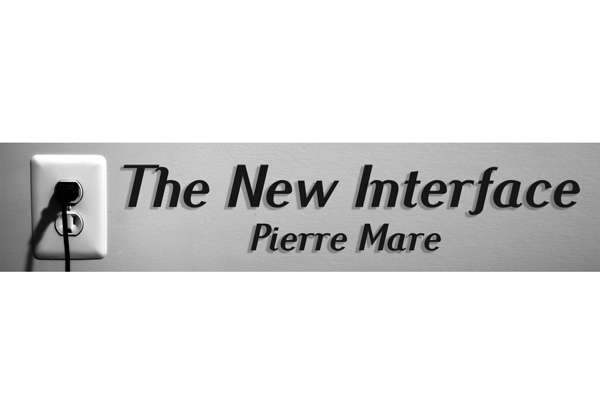
The ‘Bid and Ask’ price: an influential indicator on the Namibian Stock Exchange (NSX)

By Arney Tjaronda
Analyst at High Economic Intelligence.
Usually, when you look at a basic 101 definition of a market, Google will tell you; “it’s a place where transactions occur between sellers and buyers”.
It can be a place like the famed trade centre, Single Quarters, where local delicacies such as the popular kapana with the salsa are served. Unfortunately, we are not here to talk about cuisine places in Namibia. The Namibian Stock Exchange (NSX) is also a market where buyers and sellers “exchange” stocks, bonds, and other listed securities.
As pointless as it may seem, the bid and ask price represent the supply and demand for a particular stock on the exchange. A bid price is the highest price someone is willing to pay for a share, while the asking price is the lowest price someone is willing to sell a share.
The difference between these two is called a spread. Those mechanics of trade solely depends on the type of order placed. In a typical market where liquidity exists, considering ceteris paribus, a market participant would like to purchase a stock while the stock quotation includes a bid of N$13.00 and an ask of N$13.20. That individual would pay N$13.20 while an investor selling the stock would sell it at N$13.00. The N$ 0.20 is the spread. To execute the orders stockbrokers are required because they are intermediary agents who execute any trading activity between investors and the institutions or the security the investor wishes to capitalize in.
Questions around the supremacy of those factors are always caught up in the wind, however, they greatly influence the behaviour of stocks listed on the NSX.
Based on public opinion, it is said that the NSX is illiquid because of the dispersity that exists between the bid and asks the price. It is important to note that not all stocks listed on the NSX have an asking and bidding price. Only those listed on the local bourse have that distinction, as compared to the overall bourse (or so it seems). The volume traded doesn’t always affect the share price due to the spread. Generally speaking, the larger the spread between the bid and ask price, the less liquid the stock is. Henceforth, if the stock is exclusively illiquid, there is a danger that a large sell order could cause the price of that stock to decrease due to slippage.
The bid and ask price is a very important factor on the Namibian Stock Exchange, while most liquid stocks enjoy tighter spreads, the story is different when it comes to illiquid stocks. It once again comes down to the volume. Spreads go hand in hand with price fill. Usually, tighter spreads give you a better chance of getting a good price fill. Conversely, the wider the spreads are your chances of getting a good price will get worse.
To sum up, the bid and ask is so significant to the extent that it creates a chain reaction that portrays stocks on the Namibian Stock Exchange to be illiquid. The question I’ll leave you with is: Can the bid and ask price be used as a proxy to measure the liquidity of the stock exchange or not?












































